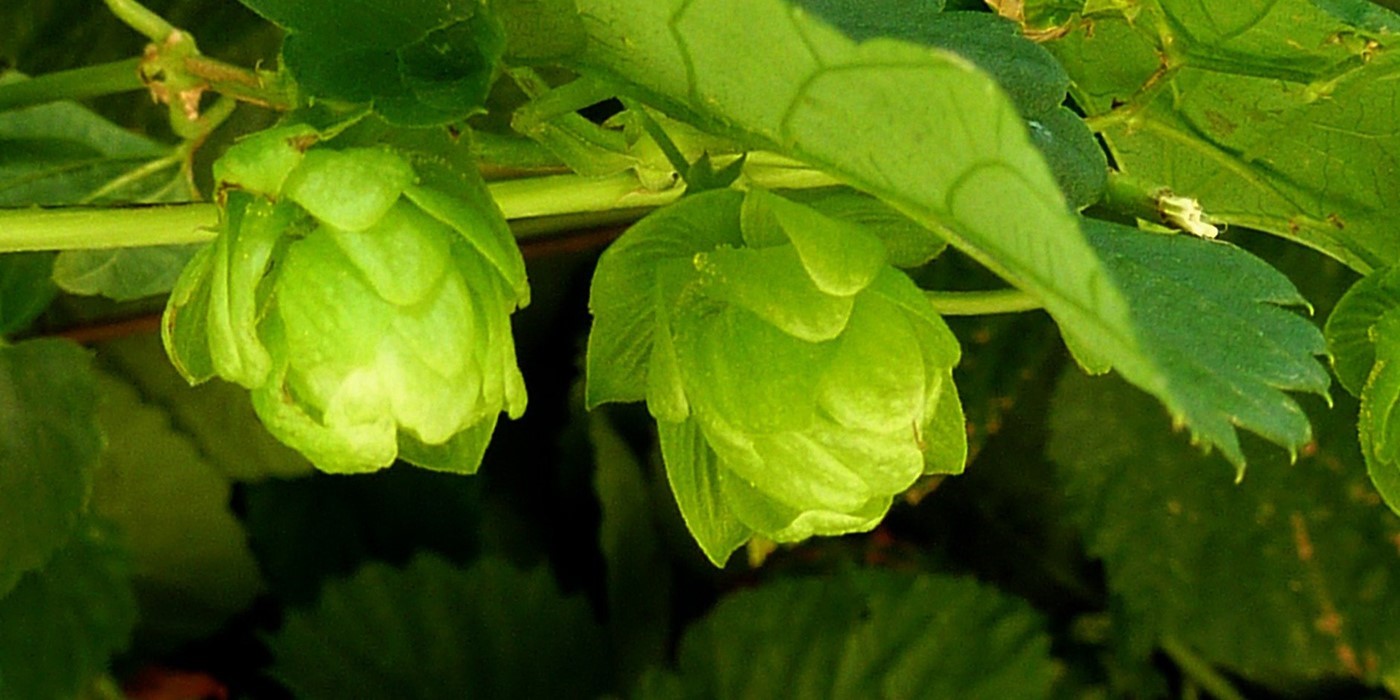
Farge, synonymous with Hops in The UK, has been growing for more than 150 years. Most of the information on the origins of fagots comes from Hops and English Varieties compiled by John Percival in 1901. 'Faggot was first discovered in 1861 by accidentally appearing in Mr George Stace's flower bed in Horsmerton, Kent, picking hops when his seeds were tossed out of the hamper by Mrs Stace along with grass scraps.'
Fagg went on to become Britain's main hop, but it didn't become popular until verticillium wilt hit British farms in 1940. It has a strong place in English beer, and it can give English drinks the roundness classic English beer character.
The balance between fagbutylenes and farnesene gives the English hop its charm. It has produced a series of excellent offspring: Cathcart, the cornerstone of The American craft brewer, William Matt, the American hop, and the fruity hop glacier, which has the highest bitter quality.
Farge has delicate notes of mint, woody, floral and light woody. When used as a bitter flower, it can take on the classic roundness and intense herbal aroma of English hop. Widely used in British light wormwood, British IPA, Tao, brown wormwood, bitter; Fierce Al; Jean was; Blue beak; Amber; Winter Thesson, etc.

Conventional indicators | |||
Alpha acid | 3.5-5.5% | Beta acid | 2.0-3.0% |
The ketone of humulus scandens | 23.0-33.0% | The total oil | 0.7-1.4ml/100g |
The aroma components | |||
myrcene | 24.0-28.0% | Humulus scandens ene | 34.0-40.0% |
caryophyllene | 11.0-13.0% | Fanny ene | <5.0-7.0% |
Other indicators | |||
In the alcohol w/w | 0.5-0.6% | geraniol | 0.1-0.3% |
Beta pinene w/w | 0.3-0.6% |
| |